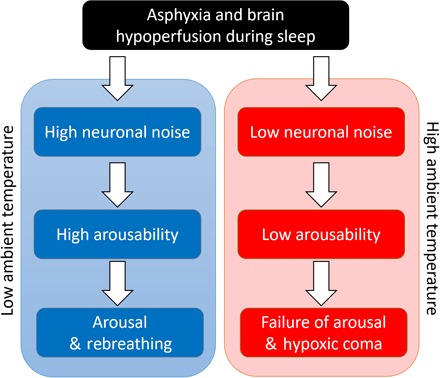Fig. 4. The possible effect of ambient temperatures on apnea of prematurity and SIDS.

Asphyxia and brain hypoperfusion that can occur in infants during sleep may result in a life-threatening event (5). Depending on the level of arousability, this event may lead to either arousal and rebreathing or to failure of arousal and hypoxic coma. High neuronal noise generated at low ambient temperature yields higher arousability that in turn increases the probability for arousal and rebreathing. In contrast, low neuronal noise at high ambient temperature yields lower probability of arousal and can therefore result in hypoxic coma for the vulnerable infant. Note that very young infants show certain ectothermic traits (similar to fish) because their thermoregulation is not fully developed until the age of 6 months (52), and thus, they are more susceptible to higher ambient temperature and in higher risk for SIDS. Notably, after age of 6 months, the percent of SIDS occurrence drastically decreases (19). The proposed mechanism here indicates that the clinically observed correlation between high ambient temperature and high risk for SIDS is associated with decline in the arousability of sleep-regulatory neuronal circuits that is due to reduction in neuronal noise at high temperature.
